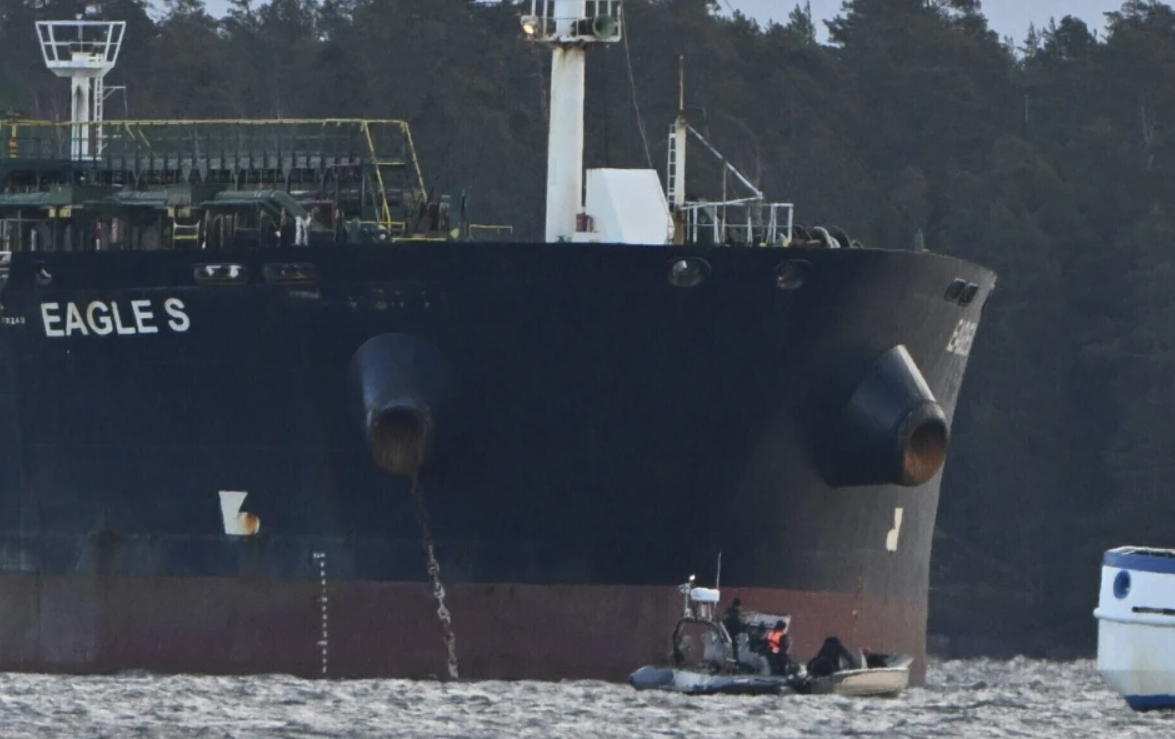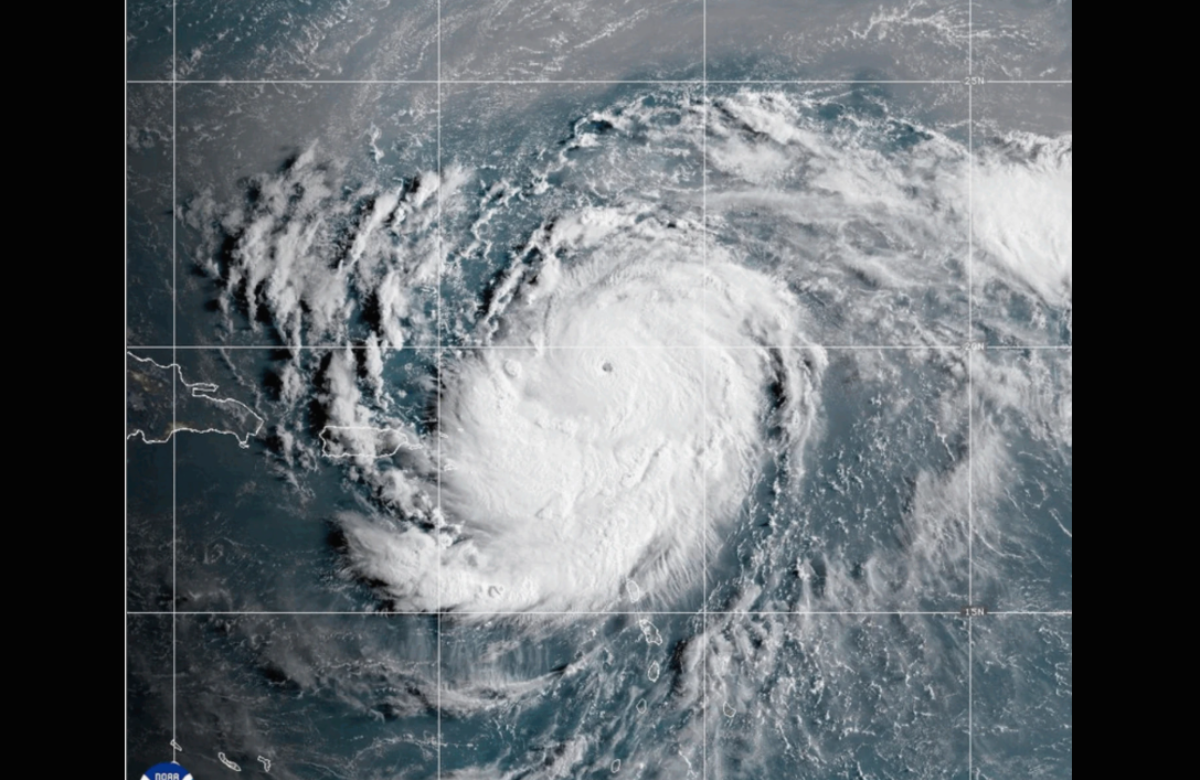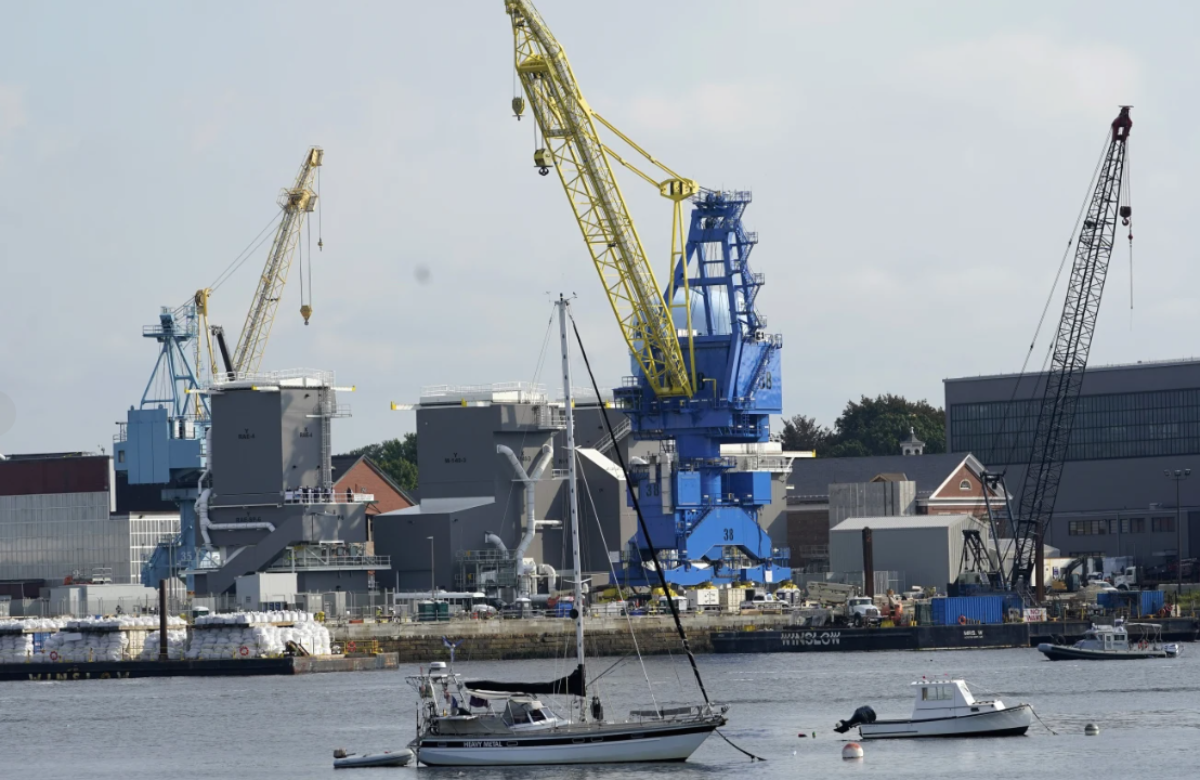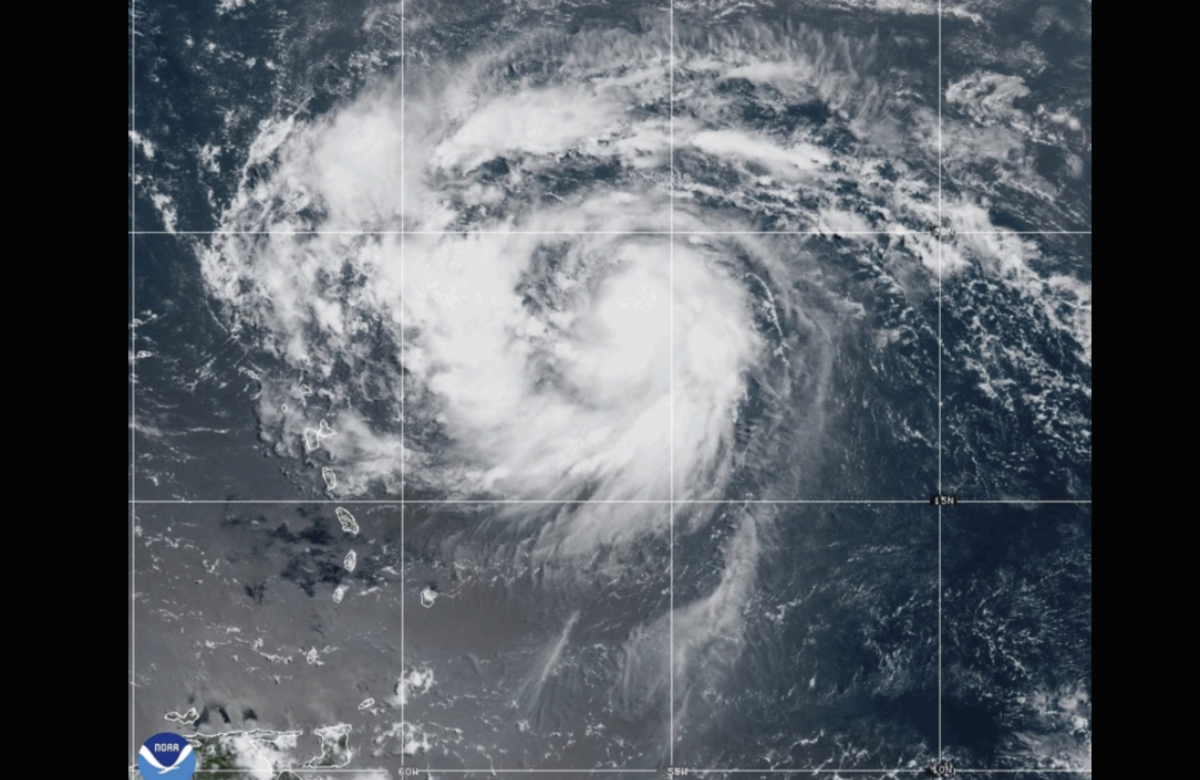Finnish authorities have accused senior crew members of a Russia-linked vessel in connection with undersea infrastructure damage between Finland and Estonia in late 2024. The oil tanker, Eagle S, allegedly dragged its anchor across the seabed, causing significant damage to the Estlink-2 power cable and vital communications links on December 25.
According to Finnish investigators, the vessel is part of Russia’s so-called “shadow fleet” — older ships with unclear ownership used to circumvent Western sanctions following the invasion of Ukraine. Although flagged under the Cook Islands, the Eagle S has been identified by both Finnish customs and the European Commission as tied to this unofficial network of tankers that operate without Western insurance and oversight, raising environmental and safety concerns.
The Kremlin has previously denied any involvement in damaging European infrastructure, but the incident is being seen as part of a broader pattern of suspected sabotage activities across Europe since Russia’s full-scale attack on Ukraine in 2022.
The Eagle S was transporting 35,000 tons of oil at the time of the incident. Investigators believe its anchor was dragged for nearly 100 kilometers (around 62 miles) along the seabed before the ship was stopped and brought near a Finnish port. This anchor trail is suspected to have caused the damage to the Estlink-2 and accompanying communication cables.
Finnish police have named three senior officers onboard — the master, chief mate, and second mate — as suspects in the case. While their identities remain undisclosed, they are accused of serious offenses, including aggravated criminal mischief and aggravated interference with telecommunications. These charges stem from their responsibilities over the ship’s navigation and safety, and their apparent failure to notice or act upon the dropped anchor.
Detective Chief Inspector Sami Liimatainen from Finland’s National Bureau of Investigation noted that the probe has reviewed the officers’ oversight and the condition of the ship at the time. The case has now been forwarded to prosecutors to consider formal charges.
Though the damage to the Estlink-2 cable did not lead to power disruptions, it caused energy prices to spike across the Baltic region. The cable, which stretches roughly 145 kilometers (90 miles) and lies as deep as 90 meters (295 feet), supplies up to half of Estonia’s electricity during the winter months.
These undersea cables and pipelines play a crucial role in linking Nordic, Baltic, and Central European nations — enabling power trade, boosting energy security, and helping reduce reliance on Russian energy. The vulnerability of this infrastructure is increasingly under scrutiny amid ongoing geopolitical tensions.













